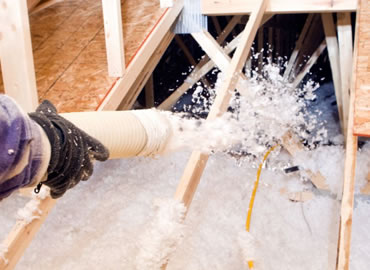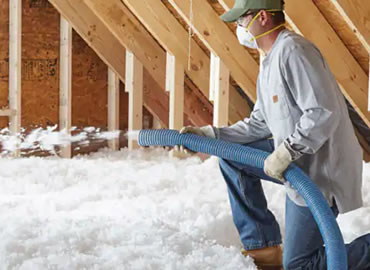Insulation is a material used to reduce the transfer of heat, sound, or electricity from one area to another. It is typically used in buildings to reduce
the amount of heat lost or gained through walls, ceilings, and floors, thereby improving energy efficiency and reducing energy costs.
There are various types of insulation materials, including fiberglass, mineral wool, cellulose, spray foam, and rigid foam. These materials can be installed in different
forms, such as batts, blown-in, or spray-on, depending on the specific application.
Insulation also has other applications beyond buildings. For example, thermal insulation is used in refrigeration systems to maintain temperature levels, while electrical
insulation is used to prevent the flow of electricity between conductive materials. The effectiveness of insulation is measured in terms of its thermal resistance
or R-value, which represents the material's ability to resist the flow of heat. The higher the R-value, the better the insulation's performance. Proper installation
of insulation is important to ensure its effectiveness. Poorly installed insulation can leave gaps and reduce its performance. In addition, it is important to choose
the right type of insulation for the specific application to ensure optimal performance and safety.


















